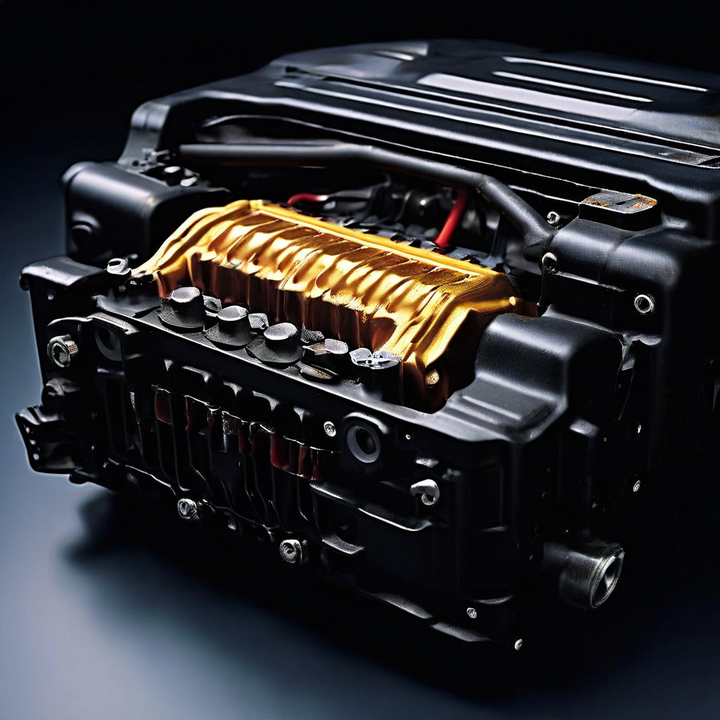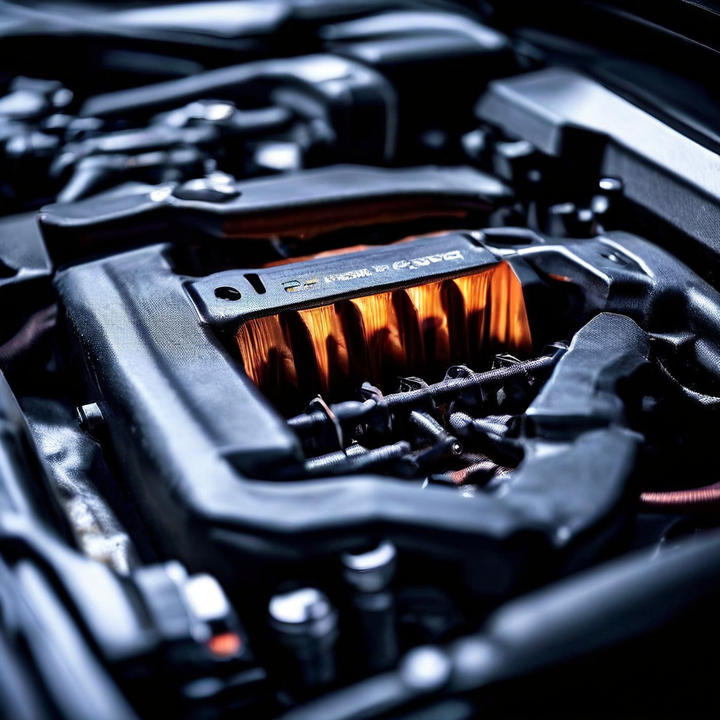


The P0312 code indicates a misfire in cylinder 12 of an engine. Misfires can lead to poor engine performance, increased emissions, and potential damage to the catalytic converter. Diagnosing and addressing this issue promptly is crucial for maintaining vehicle health.
Ignition System Issues
Worn or fouled spark plugs
Faulty ignition coils
Bad spark plug wires
Fuel System Problems
Dirty or weak fuel injectors
Leaking fuel injectors
Faulty fuel pressure regulator
Mechanical Issues
Low compression due to worn piston rings or valve seals
Vacuum leaks
Burned or bent valves
Sensor and Electrical Issues
Faulty crankshaft or camshaft position sensors
Wiring issues or poor electrical connections
Worn Spark Plugs: Over time, spark plugs can erode, increasing the gap and requiring higher voltage to fire, leading to misfires.
Dirty Fuel Injectors: Clogged injectors can cause a lean fuel mixture, resulting in misfires.
Vacuum Leaks: Leaks in the intake manifold or vacuum hoses can disrupt the air-fuel mixture, causing misfires.
| Cause Category | Specific Issues |
|---|---|
| Ignition System Issues | Worn or fouled spark plugs, Faulty ignition coils, Bad spark plug wires |
| Fuel System Problems | Dirty or weak fuel injectors, Leaking fuel injectors, Faulty fuel pressure regulator |
| Mechanical Issues | Low compression, Vacuum leaks, Burned or bent valves |
| Sensor and Electrical Issues | Faulty crankshaft or camshaft position sensors, Wiring issues or poor electrical connections |
Ignition System Repair
Replace worn or fouled spark plugs
Test and replace faulty ignition coils
Inspect and replace bad spark plug wires
Fuel System Repair
Clean or replace dirty fuel injectors
Fix or replace leaking fuel injectors
Check and replace faulty fuel pressure regulators
Mechanical Repairs
Perform a compression test and repair low compression issues
Fix vacuum leaks by replacing gaskets or hoses
Repair or replace burned or bent valves
Regular Inspection
Periodically check spark plugs, ignition coils, and wires for wear and damage
Inspect fuel injectors and clean them as needed
Regularly check for vacuum leaks and fix them promptly
Scheduled Replacements
Replace spark plugs and ignition components according to the manufacturer’s schedule
Use high-quality fuel and additives to keep the fuel system clean
| Repair Category | Actions |
|---|---|
| Ignition System Repair | Replace spark plugs, Test and replace ignition coils, Inspect and replace spark plug wires |
| Fuel System Repair | Clean or replace fuel injectors, Fix or replace leaking injectors, Check and replace fuel pressure regulators |
| Mechanical Repairs | Perform compression test, Fix vacuum leaks, Repair or replace valves |
Replacing Spark Plugs
Remove the ignition coil or spark plug wire
Use a spark plug socket to remove the old spark plug
Check the gap on the new spark plug and adjust if necessary
Install the new spark plug and torque it to the manufacturer’s specifications
Reinstall the ignition coil or spark plug wire
Cleaning Fuel Injectors
Use a fuel injector cleaning kit
Connect the kit to the fuel rail and follow the instructions to clean the injectors
Alternatively, remove the injectors and clean them manually or replace them if necessary
Regular Maintenance
Adhere to the vehicle’s maintenance schedule for spark plug and fuel system service
Use high-quality fuel and oil to prevent buildup and wear
Proactive Inspections
Regularly inspect ignition and fuel system components for signs of wear or damage
Perform periodic compression tests to ensure engine health
| Preventive Measure | Actions |
|---|---|
| Regular Maintenance | Follow maintenance schedule, Use high-quality fuel and oil |
| Proactive Inspections | Inspect ignition and fuel system components, Perform compression tests |
Use of High-Quality Fuel: Using high-quality fuel can prevent injector clogs and ensure proper combustion.
Regular Oil Changes: Using OE-approved engine oils can prevent carbon buildup and maintain engine performance.
Intermittent Misfires: These can be difficult to diagnose as they may not always trigger a code.
Complexity of Modern Engines: Advanced engines with multiple sensors and systems can complicate diagnosis and repair.
Accurate Diagnosis: Using the right diagnostic tools and techniques is crucial for identifying the root cause of the misfire.
Quality of Replacement Parts: Using high-quality, manufacturer-recommended parts can prevent future issues.
Cost of Preventive Maintenance: Some may argue that preventive maintenance is costly, but it can save money in the long run by preventing major repairs.
Understanding the causes of a P0312 code and implementing effective repair and maintenance techniques can prevent engine damage and ensure optimal performance.
Regular maintenance and proactive inspections are key to preventing misfires and maintaining vehicle health.
Don’t let a misfire leave you stranded. Stay proactive with your vehicle’s maintenance, and keep your engine running smoothly for miles to come.
A cylinder misfire occurs when there is incomplete or zero combustion in one of the engine's cylinders. This can lead to poor engine performance, increased emissions, and potential engine damage.
Common causes include ignition system problems, air-fuel mixture issues, engine mechanical problems, sensor and module issues, and other system failures such as EGR or variable valve timing system problems.
Signs of an engine misfire include rough idling, hesitation or jerking during acceleration, a flashing check engine light, and reduced fuel economy.
While it is possible to drive with a misfire, it is not recommended as it can lead to further engine damage and unsafe driving conditions.
You should have your vehicle diagnosed by a professional mechanic as soon as possible to identify and fix the underlying issue causing the misfire.
Diagnosis typically involves using an OBD-II scanner to retrieve trouble codes, inspecting ignition components, checking fuel system parts, and performing compression tests.
Ignoring a misfire can lead to severe engine damage, reduced fuel efficiency, increased emissions, and potential failure of the catalytic converter.
Spark plugs should generally be replaced every 30,000 to 100,000 miles, depending on the type of spark plug and vehicle manufacturer recommendations.
Yes, a clogged or malfunctioning fuel injector can cause a misfire by failing to deliver the proper amount of fuel to the engine's cylinders.
Faulty sensors, such as the mass airflow sensor or crankshaft position sensor, can send incorrect data to the engine control module, leading to improper air-fuel mixture and ignition timing, which can cause a misfire.

Miguel started tinkering with car radios as a teenager, fascinated by the intricate dance of wires and circuits. This passion led him to pursue a career as an automotive electrician. For the past 10 years, Miguel has tackled everything from flickering headlights to mysterious electrical gremlins. He thrives on troubleshooting electrical problems and enjoys sharing his knowledge to empower car owners to understand their vehicles better.



